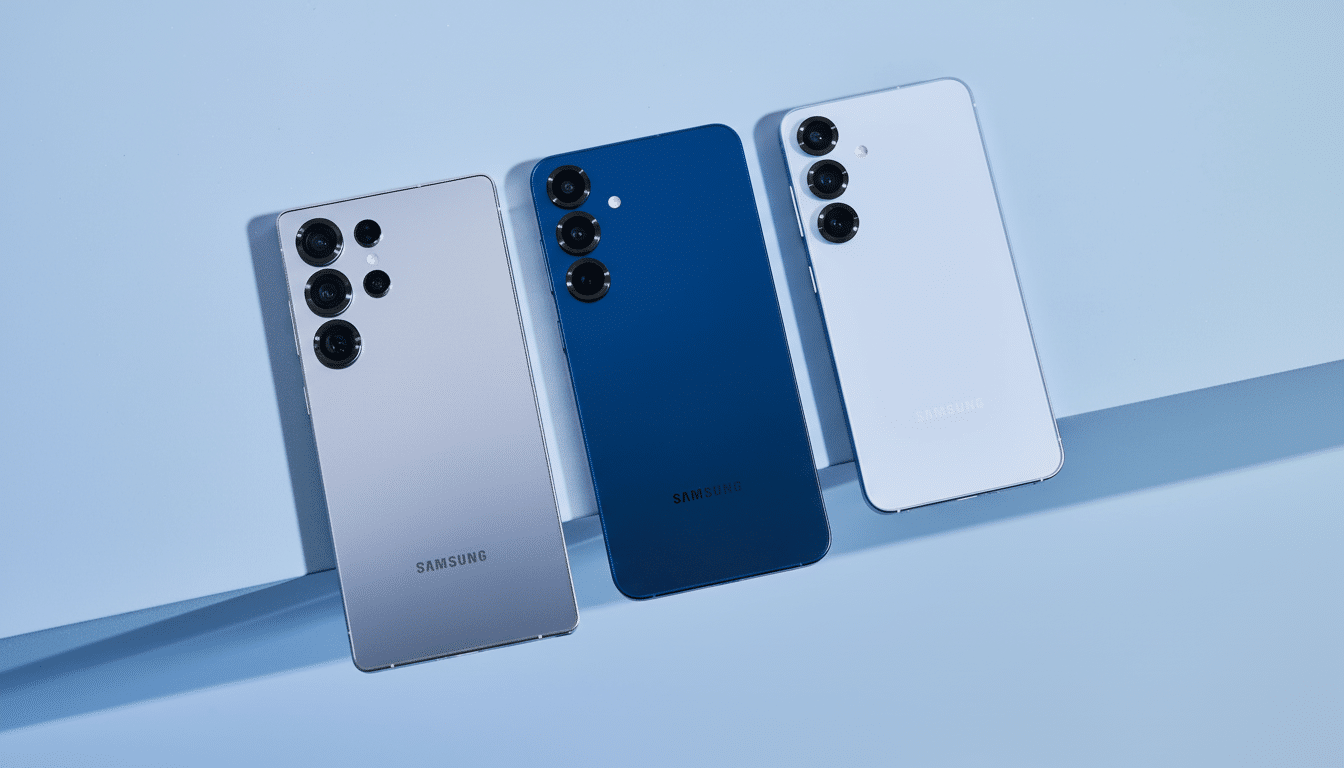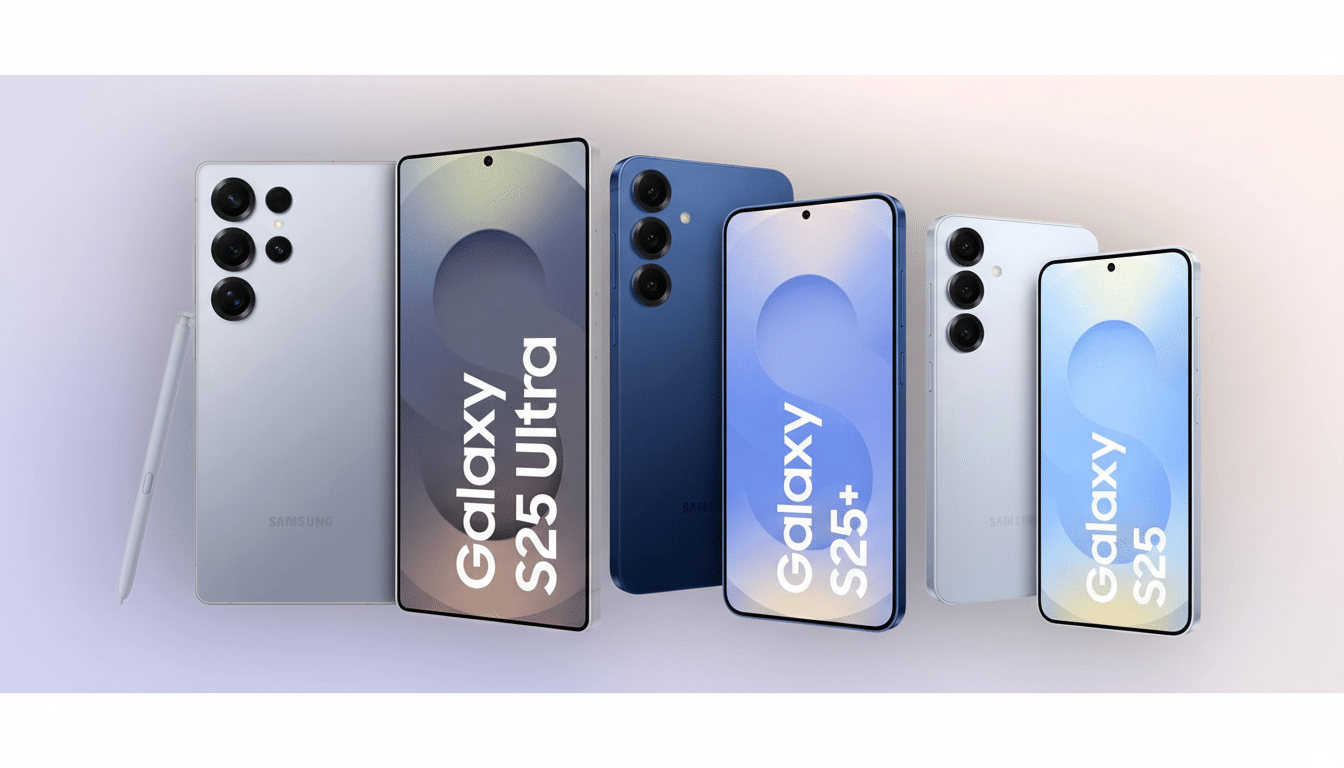The Pixel 10 Pro from Google is an excellent flagship with powerful cameras and an onslaught of new AI tricks. But at $999, it lands in a crowded space where competitors somehow outgun it on performance, zoom flexibility, charging speed, or just the price. If you’re on the fence, these five phones are the ones I would buy ahead of Google’s newest—and why exactly they pose a threat to Google.
I’m concentrating on real-world trade-offs: consistent speed, camera reach, battery stamina, and long-term software support. I’m also weighing recent benchmarks and lab-style tests by independent reviewers, as well as the extrapolatable reports that analysts at firms like Counterpoint Research and IDC have on how long people hold on to premium phones—because value over time is just as important as day-one features.

Samsung Galaxy S25 Series Is The Safe Flagship Bet
The base Galaxy S25 starts at around $799, undercuts the Pixel 10 Pro by about two hundred bucks, and runs on Qualcomm’s Snapdragon 8 Elite. Early third-party benchmarks have consistently shown greater CPU/GPU throughput and better sustained performance under load over Google’s Tensor G5 that you’ll feel in gaming, video editing, and multitasking.
Camera versatility is the clincher. Particularly for sports or subjects on a stage, the S25 Ultra’s 200MP main sensor and pair of telephotos (3x and 5x) offer framing options that rival the Pixel’s single 5x lens. Samsung also steps up to Google with seven years of OS and security updates, and tosses in its newest One UI and on-device AI tools. If you’re in the market for a powerhouse that has even more bang for the buck, this is your closest match—and sometimes even better.
iPhone 17 Pro To Boost Speed And Battery Life
Apple’s A19 Pro chip is still the best in single-core speed and power, with smoother app launching and less heat in long-running programs. The 17 Pro’s triple 48MP camera system delivers higher-resolution capture across main, ultra-wide, and telephoto, and Apple’s color science and video pipeline continue to raise the bar for creators who need dependable skin tones and low-light performance.
Battery life is another edge: Apple says that the 17 Pro gets up to 33 hours of video playback and the Pro Max gets up to 39. Then add the more durable Ceramic Shield 2 glass, ProMotion displays that are brighter, and Apple’s notoriously lengthy support for updates, and you’ve got the iPhone as the safer bet for buyers looking for top-tier performance and longevity without having to micromanage settings.
OnePlus 13 Wins On Raw Speed And Fast-Charging
OnePlus is once again trying to entice performance diehards. The OnePlus 13 marries Snapdragon 8 Elite with plenty of RAM and a silicon-carbon battery rated at 6,000 mAh that doesn’t drain quickly, and can charge from empty to full in around 40 minutes. On a day-to-day level, what that means is most people’s phones will go about two days between charges, with headspace for some painless top-ups if you forget to plug it in overnight.

OxygenOS also feels lighter than the majority of Android skins, which helps the phone feel snappy even when burdened with heavy apps. The Hasselblad-tuned camera system is great and fast, but Google’s computational photography takes the edge in some darker scenes. The trade-offs: OnePlus promises its users around four years of major OS updates, far short of the seven-year pledges from Google and Samsung. If you tend to replace your phone every three or four years, the OnePlus 13’s speed-to-price ratio is hard to beat.
Pixel 9 Pro Offers Pixel Perks For A Lower Price
Of course, last year’s Pixel 9 Pro falls into a sweet spot for the Pixel faithful. You’re getting the same old trusty triple-camera setup, 16GB of RAM, a 120Hz OLED, and most of Google’s AI features—often at an even deeper discount with the release of the 10-series now. In everyday photos, its images continue to stay neck-and-neck with those of the 10 Pro due to Google’s reliance on computational processing.
True, the Pixel 10 Pro offers the newer Tensor G5 as well as a slightly brighter display, but compared to the G4-based versions of both phones in most real-world use, the leap seems incremental. What’s more, the 9 Pro is still included in Google’s seven-year software and security guarantee. If you’re looking for the Pixel experience without the cost of a flagship, this is the smart choice.
Pixel 10 Non Pro: Hitting the Value Soft Spot
Sometimes the best alternative is already next door. The Pixel 10, the standard affair, for about $799, maintains the same Tensor G5 and pied piper design, supports Qi2 wireless charging with magnetic alignment and—alas—in a non-Pro, Pixel introduces a third lens (a telephoto) to finally make them true tri-camera rigs.
What you sacrifice is fairly little: a notch less RAM, a step back in display resolution, and some premium camera extras including the Best Take auto-suggest version (you can keep suggestions about taking family shots) and Pro-level ultra-zoom with ultra-high range. The real-world experience is otherwise very similar, and the larger battery in the base model can actually outlast the Pro. For most people, it is the smarter way to buy into Google’s platform.
Bottom line: the Pixel 10 Pro is very good, but “very good” has a high bar to meet. Samsung gives more performance for the dollar and better zoom flexibility, Apple provides unrivaled speed and battery stamina, OnePlus feeds on hyperdrive pace and charging at a lower price. And Google’s own most recent phones provide a full platter of Pixel on the cheap. Choose based on what you do most of—zoom, game, watch films, or just keep a phone for years—and I suspect you’ll find a better fit than the default flagships.

